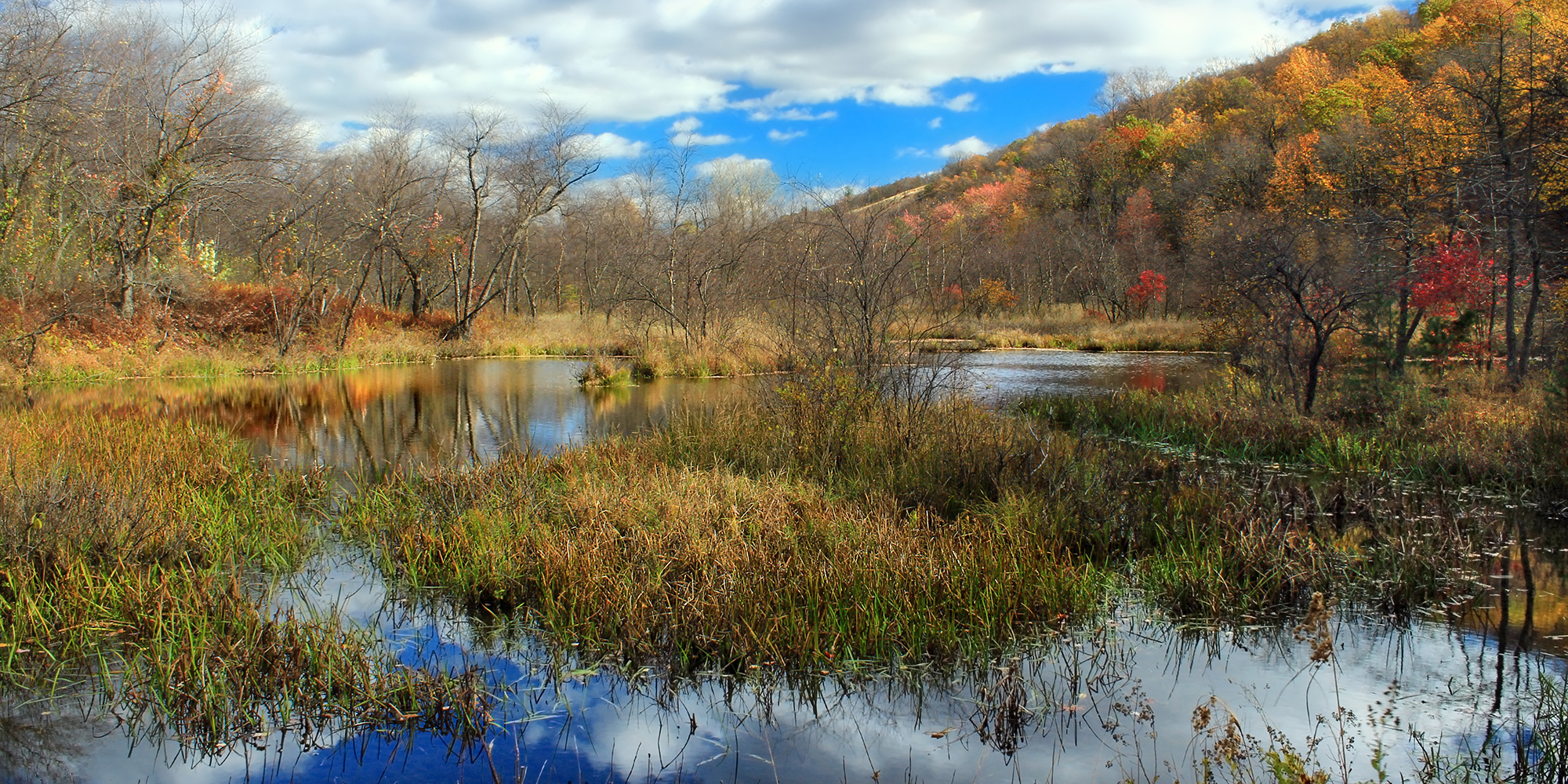
When the New Jersey Zinc Company in Palmerton, PA finally closed in 1980, it left behind a barren mountain of polluted land. Eighty years of zinc smelting had propelled metallic contaminants in a thick smoke across the area, destroying the soil, the plant species, and ultimately the entire ecosystem.
In 1983, the 3,000-acre landscape was declared a Superfund site. The Environmental Protection Agency’s Superfund program is responsible for cleaning up the nation’s most contaminated land and responding to environmental emergencies, oil spills, and natural disasters. The zinc company attempted to restore the area, but its efforts failed.
The Lehigh Gap Nature Center purchased 756 acres of the decimated land in 2003 with a vision to restore its natural beauty. They began by planting native, warm-season grasses like sandwort on the hillside of boulders. According to Dan Kunkle, retired Lehigh Gap Nature Center executive director, “Those grasses are a plant that have a tremendous root system and they build soil. The roots can go 12 to 14 feet underground—and they grow on almost anything.” (Times News Online, May 20, 2023)
Over time the soil improved, and with the help of community volunteers, more plant species were introduced. Today the hillside is flourishing with butterfly bushes, milkweed, and wildflowers, a thriving green habitat for native animals. The area also contains the Commonwealth’s largest indigenous population of wild bleeding hearts, an endangered plant species.
Situated at the base of the mountain in Slatington, PA, the Lehigh Gap Nature Center contains the Osprey House visitor center, an old farmhouse that includes a classroom, laboratory, and library. The surrounding grounds include a sensory garden of native plants, pond, pavilions, and 13 miles of hiking trails. It is the only Superfund site in the nation that has been transformed into a nature center.